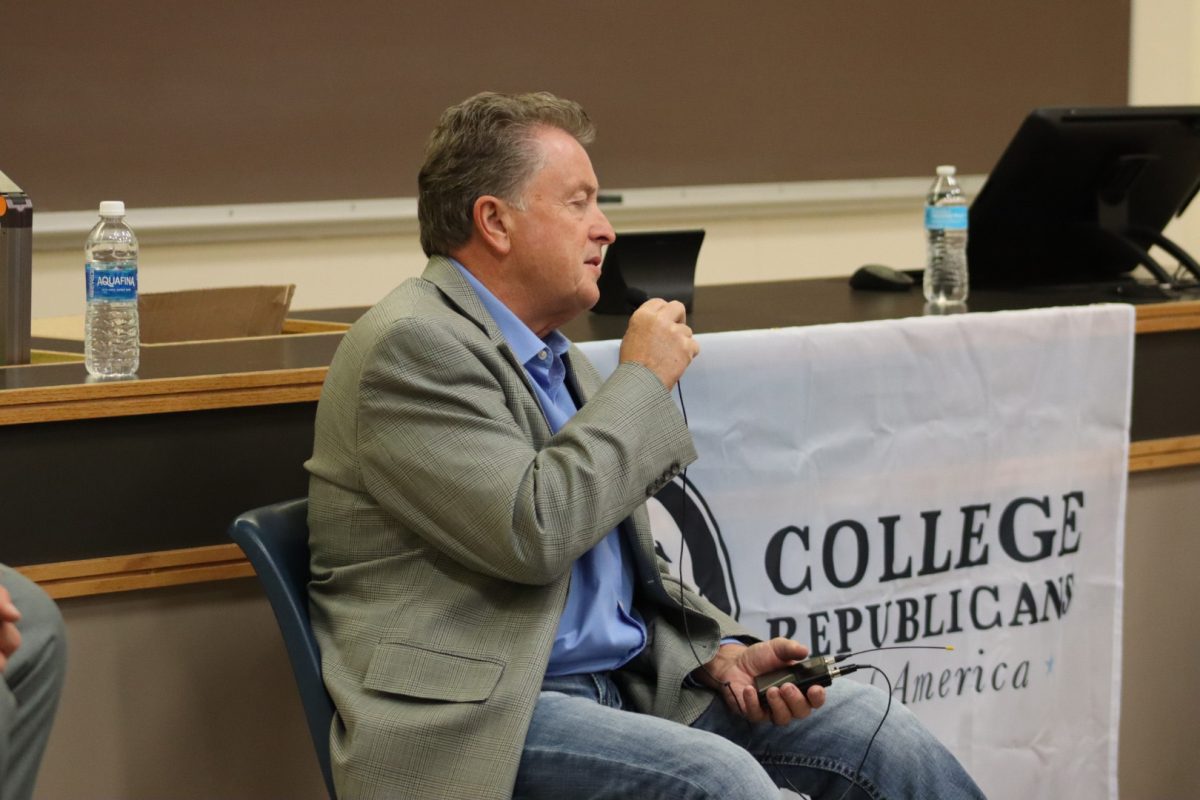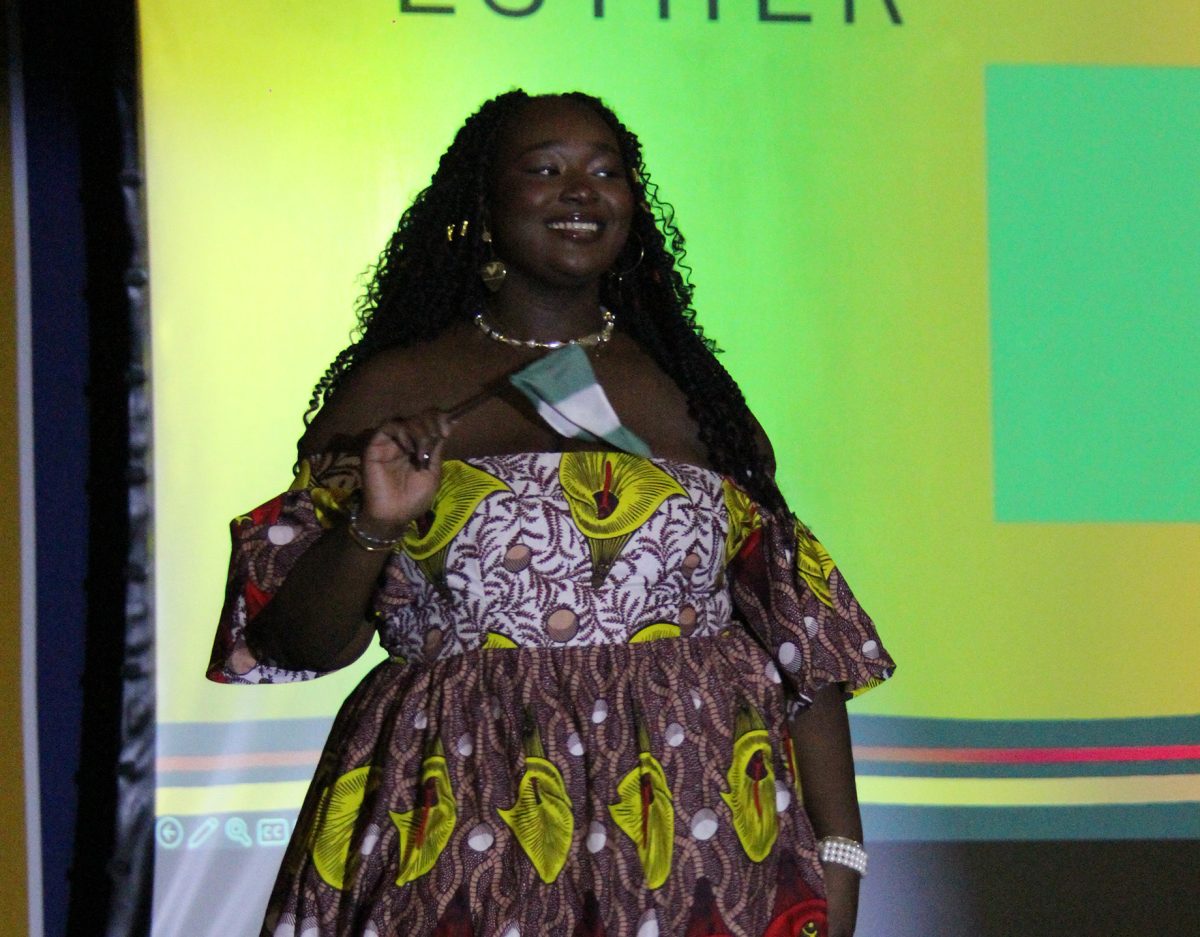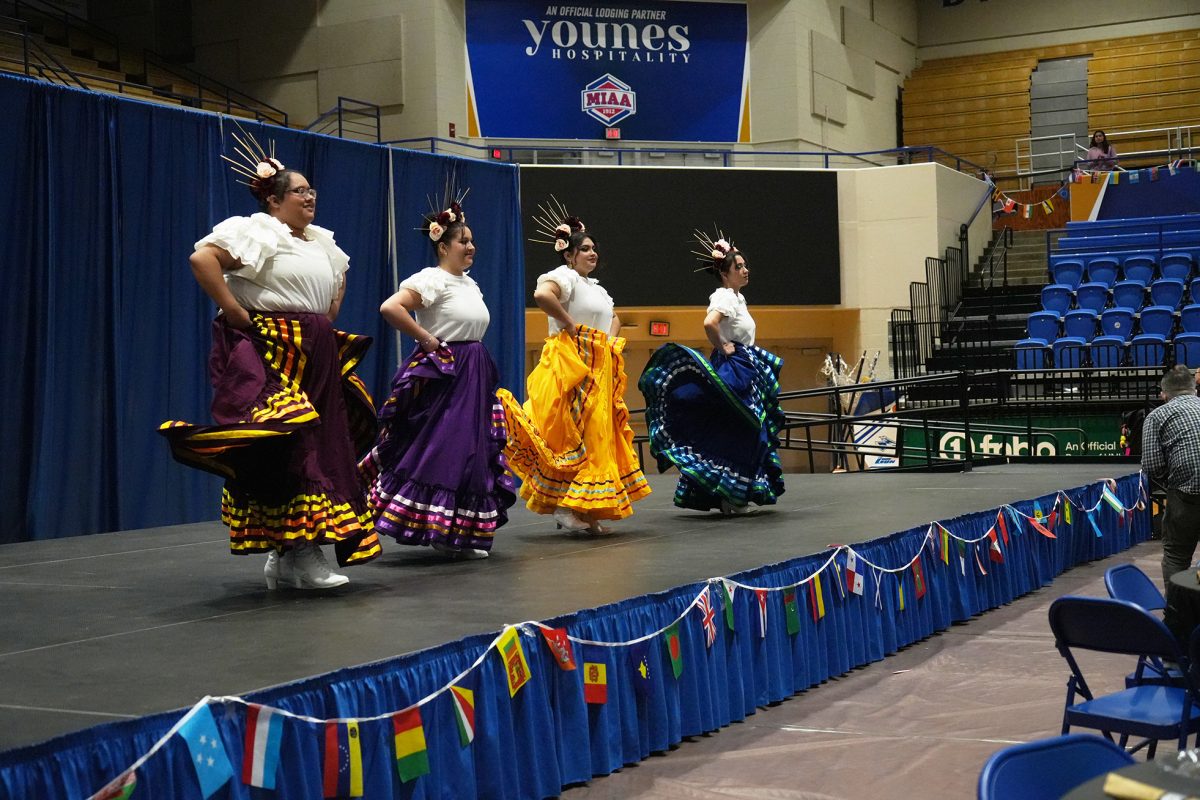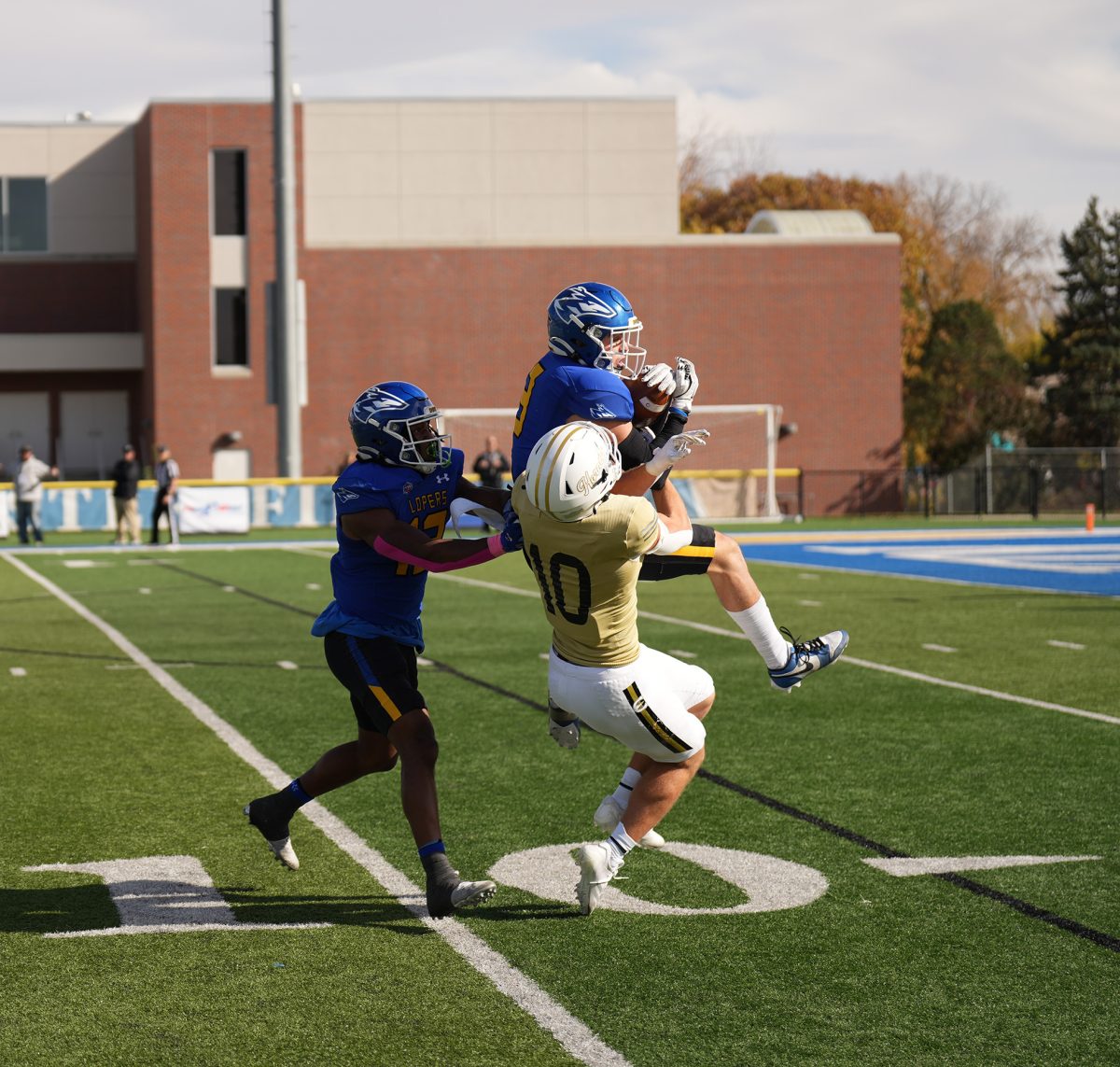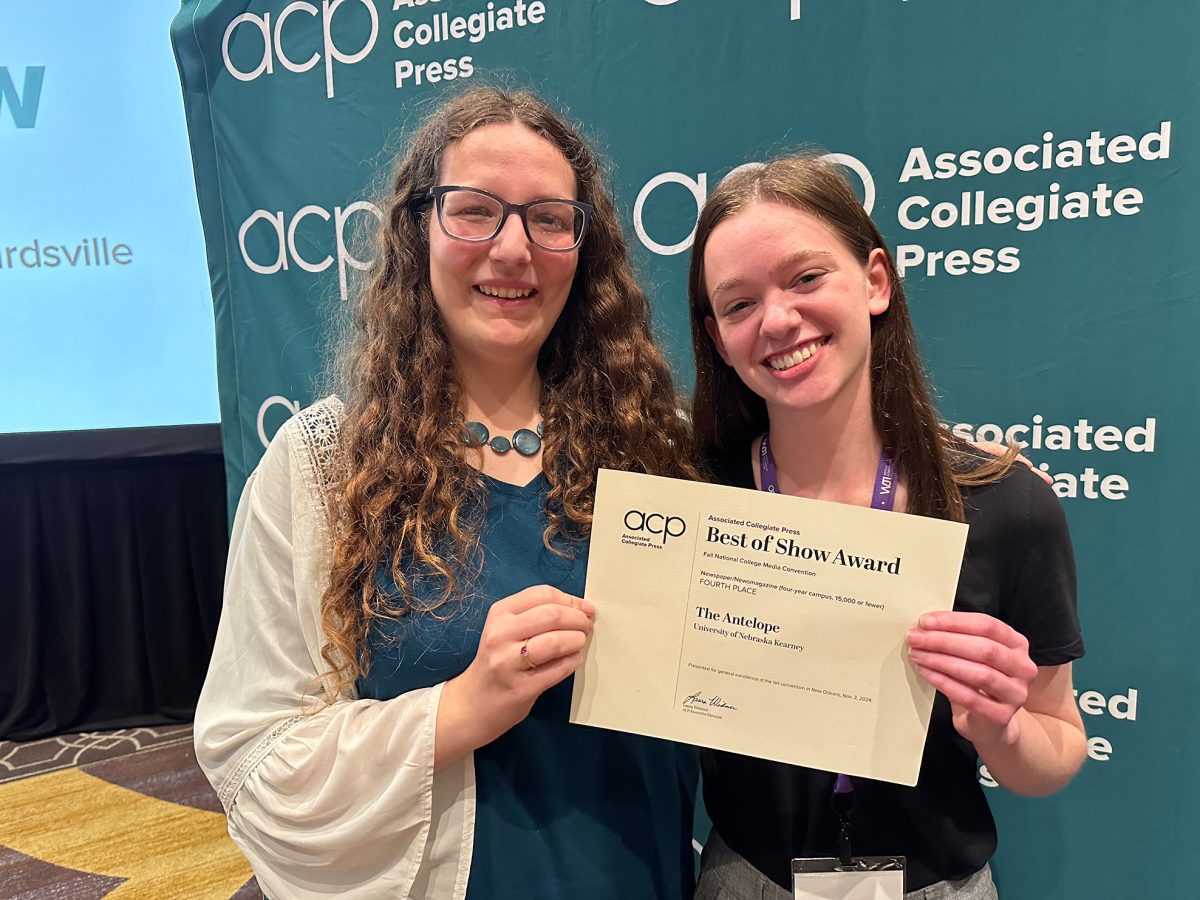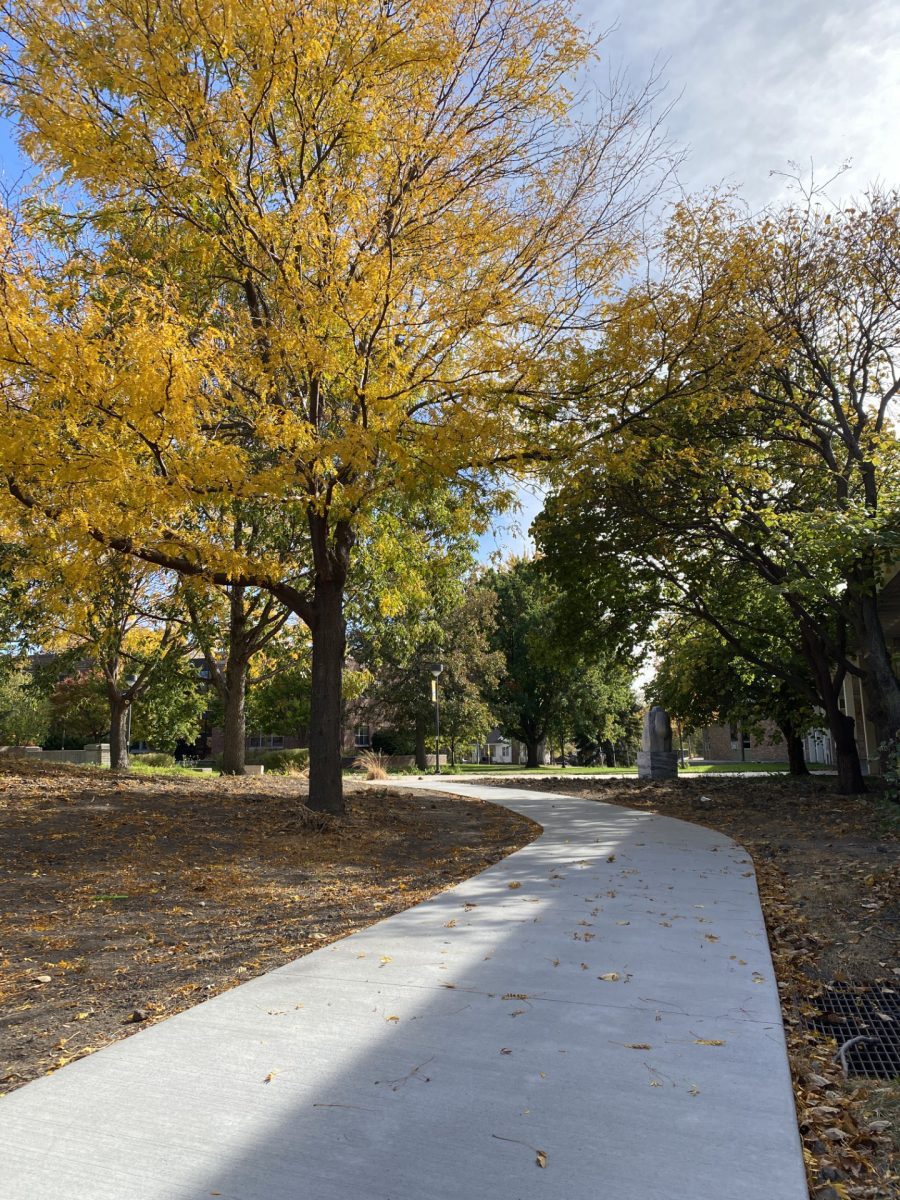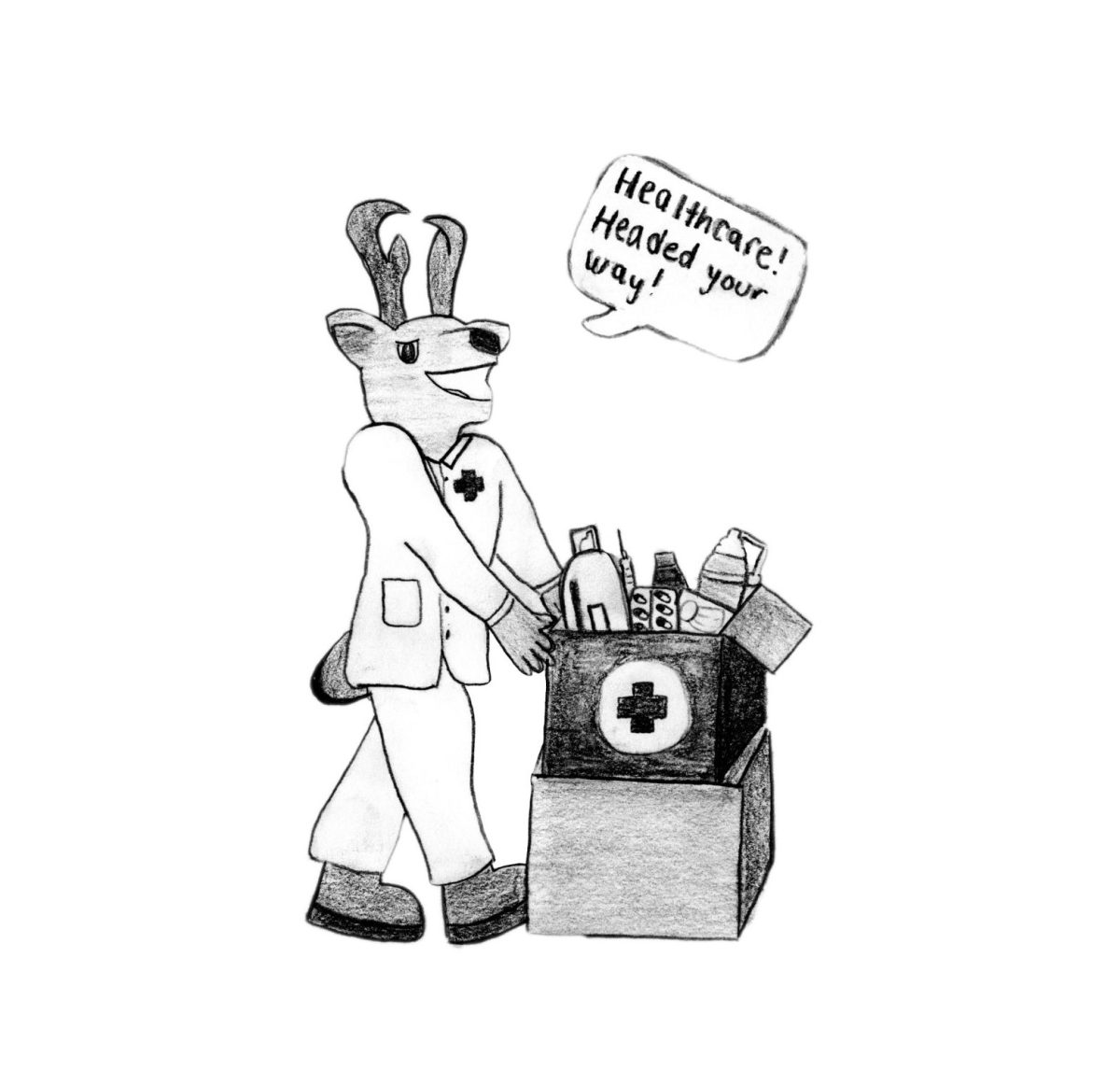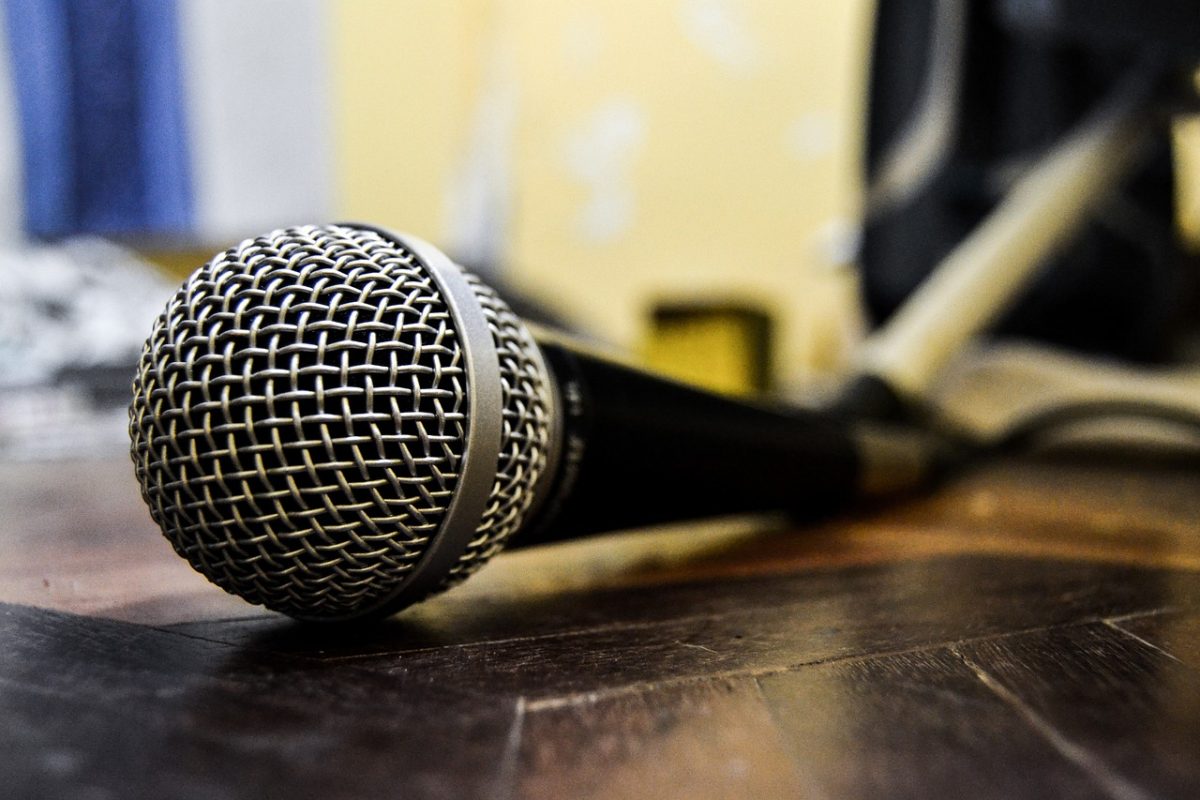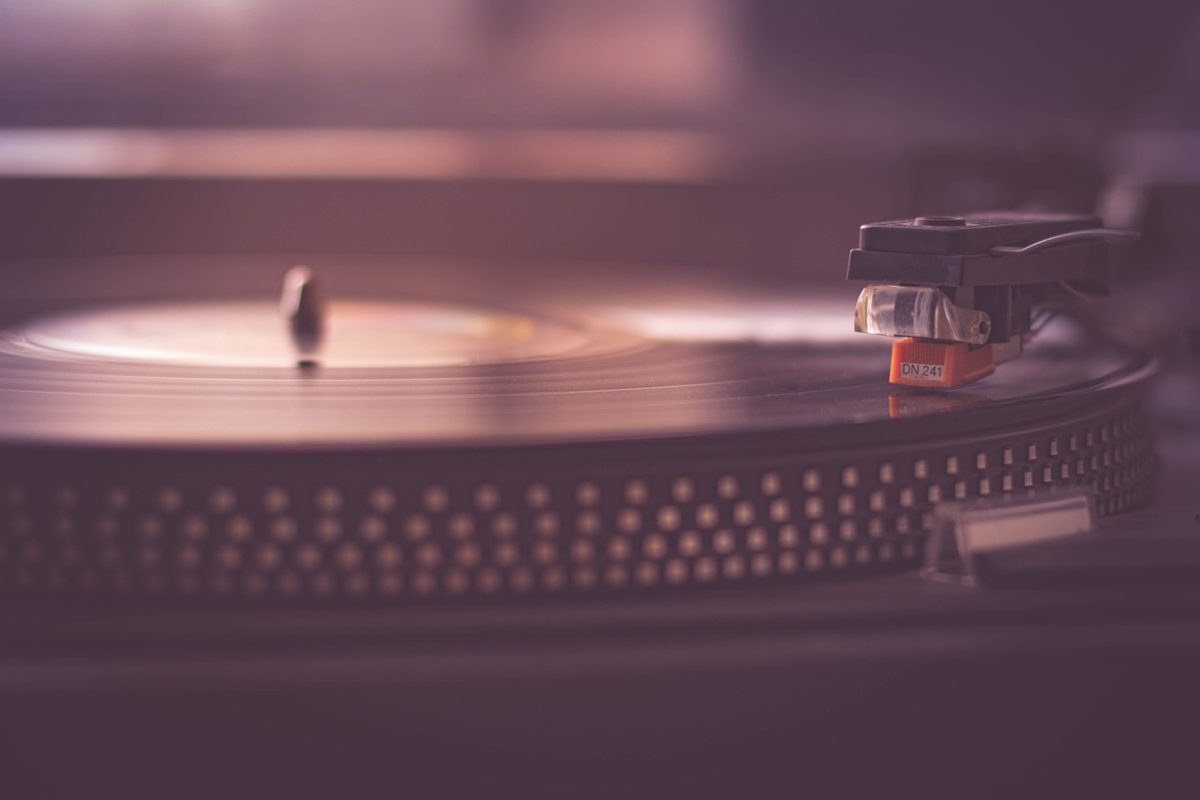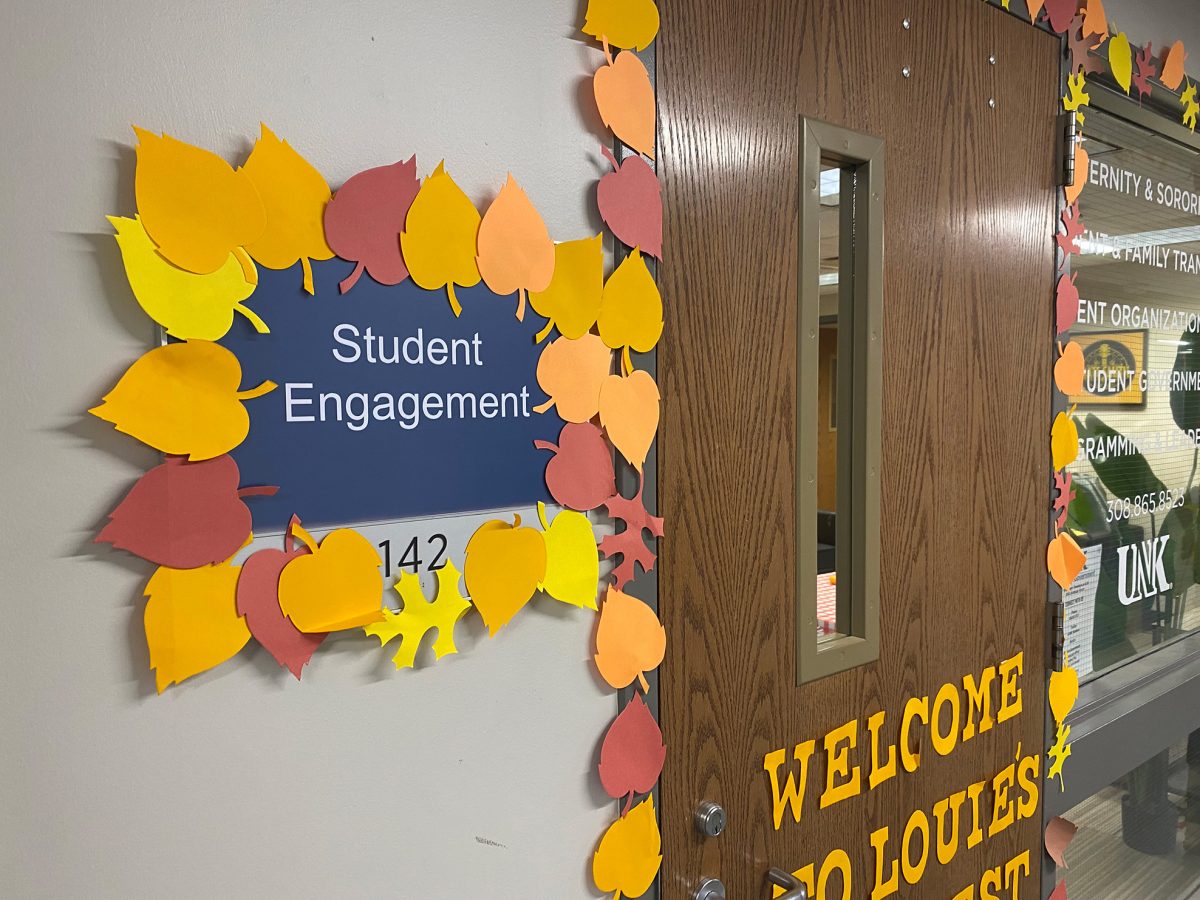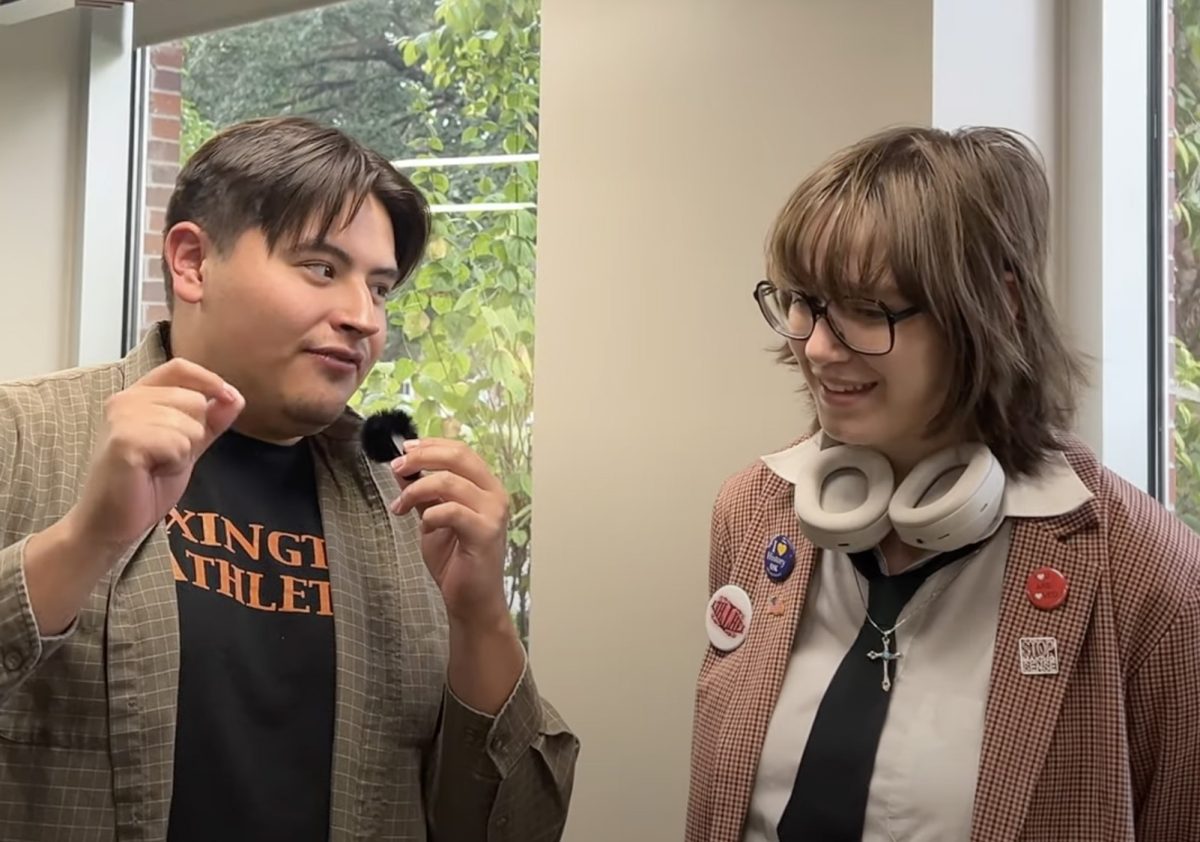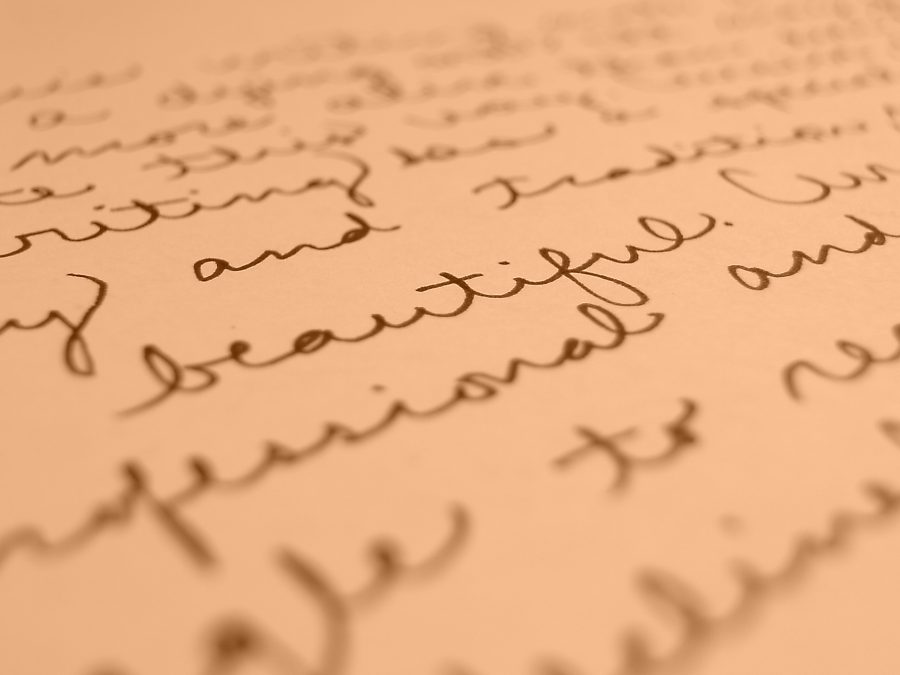CASSIE BROWN
Over the past few decades, technology has come a long way, but in that process, some traditions and practices have been all but forgotten. This is especially true when it comes to handwriting. Cursive may be somewhat of a dying art, but it still has a meaningful place in our society.
Assistant Professor of Education Julie Agard has witnessed the decline of this form of writing.
“Over the years, adult students are more and more using manuscript writing as their preferred writing rather than cursive,” Agard said.
One of Agard’s responsibilities is to prepare elementary education students to instruct young learners in proper handwriting. According to Agard, in the last two decades, schools had declined in attention to detail regarding elementary students’ handwriting as more emphasis was put on testing. Though, in more recent years, the importance of handwriting has been making a resurgence.
“There’s a lot of value in still teaching handwriting at the elementary level, and I think more and more schools are finally coming back to understanding that value,” Agard said.
Although cursive is not nearly as popular as it once was, there are still a number of college-aged individuals that enjoy the beauty of cursive. UNK student Rochelle Hazelton primarily uses cursive in her own writing.
“Cursive has always been a very formal thing for me, but it’s like artwork, too,” Hazelton said.
Hazelton said that cursive can be an effective tool for legibility and absorbing information as one writes, but it can also be used in meaningful ways such as expressing oneself.
“It’s important in a sense of individuality and expression,” Hazelton said. “You can show who you are.”
While Hazelton mostly writes in cursive, she sometimes resorts to print when quickly jotting down information, but she is grateful she was taught how to read and write in cursive at a young age.
“I was fortunate enough to grow up in a school system that emphasized cursive so I was able to develop a print that was functional and that I can read and write and everyone else can see,” Hazelton said.
There are many reasons to continue writing in cursive. First, there is the importance of the ability to read others’ cursive. Letters from elderly relatives and even many historical documents are written in cursive, and it is critical to understand the information conveyed. Also, studies show that a person’s brain shows more activity when writing rather than typing, especially when writing in cursive. This explains why a person that writes his or her notes by hand is more likely to recall the information than someone that takes notes using a computer.
Another benefit of cursive is that it can be used as a tool to connect with others. When something is written in cursive, it shows that the writer took time to write with care.
“It’s a very personal form of expression,” Agard said. “If you’re writing a letter of condolence, if you’re writing a thank you note—anything that is personal—it’s really nice to get a handwritten, cursive note.”
In this age of technology, what is the future for cursive? It is difficult to speculate, but it certainly is not as widespread as it used to be.
“There will always be people that value it and understand that it is a useful and meaningful skill to have,” Agard said. “But, unfortunately, I’m not hopeful that it is ever going to go back to the way it was.”
Cursive may be a dying art, but that is all the more reason to begin writing this way. This form of writing can be aesthetically pleasing, and can prove to be an important skill throughout one’s life.


